Wingspan 14 m Introduced 1965 Designer Aero Commander | Length 16 m Engine type Garrett TFE731 | |
 | ||
Manufacturers Aero Commander, Israel Aerospace Industries | ||
Untitled n211st iai westwind takeoff portland airport pdx
The Israel Aircraft Industries (IAI) Westwind (formerly Aero Commander 1121 Jet Commander) is a business jet that became a cornerstone of the Israeli aircraft manufacturing industry and remained in production for 20 years. Usually configured for seven passengers, it can carry as many as 10, or be quickly reconfigured as a fast air freight aircraft.
Contents
- Untitled n211st iai westwind takeoff portland airport pdx
- Iai westwind ii n57be landing at vny
- Design and development
- Operational history
- Aero Commander
- IAI
- Civil operators
- Military operators
- Specifications 1124A Westwind II
- References
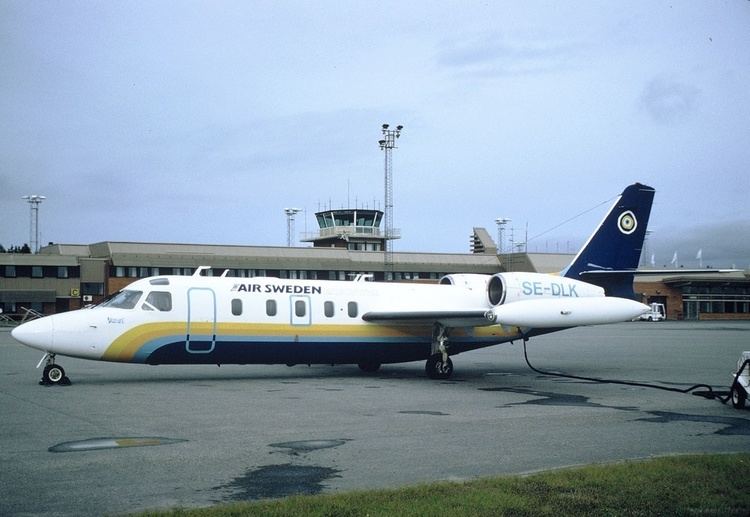
Iai westwind ii n57be landing at vny
Design and development
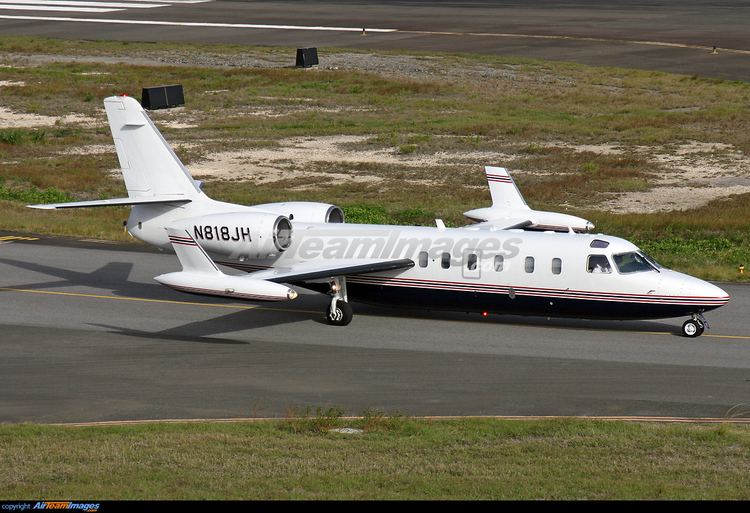
The Westwind was originally designed in the United States by Aero Commander as a development of its twin-propeller namesake aircraft, first flying on January 27, 1963 as the Aero Commander 1121 Jet Commander. It was of broadly conventional business jet arrangement, with two engines mounted in nacelles carried on the rear fuselage. However the wings were mounted halfway up the fuselage instead of the typical low-wing arrangement of aircraft in this class. After successful testing, the aircraft was put into series production with deliveries to customers beginning in early 1965.
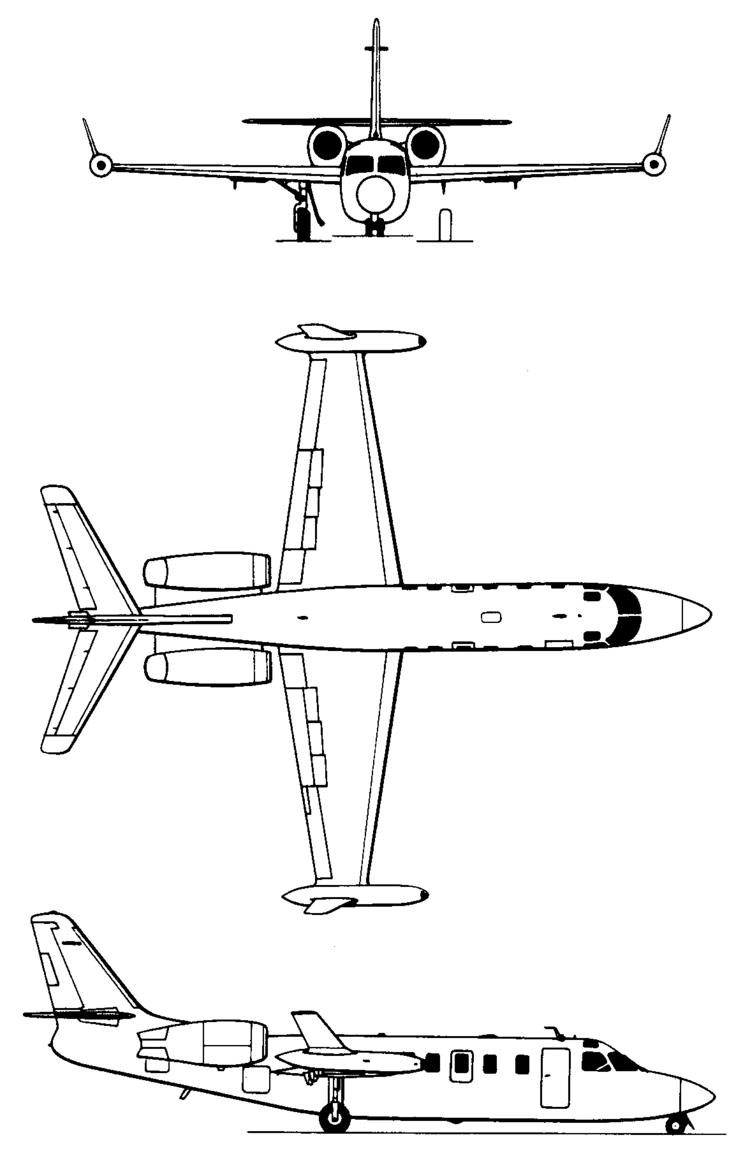
After initial testing of the prototype it was modified to production standard with an addition 2ft 6in to the fuselage length and increased payload and maximum weights. The second prototype first flew on 14 April 1964 which was followed by the first production aircraft in November 1964. Type approval was awarded by the FAA in November enabling the first customer delivery on 11 January 1965.
Operational history
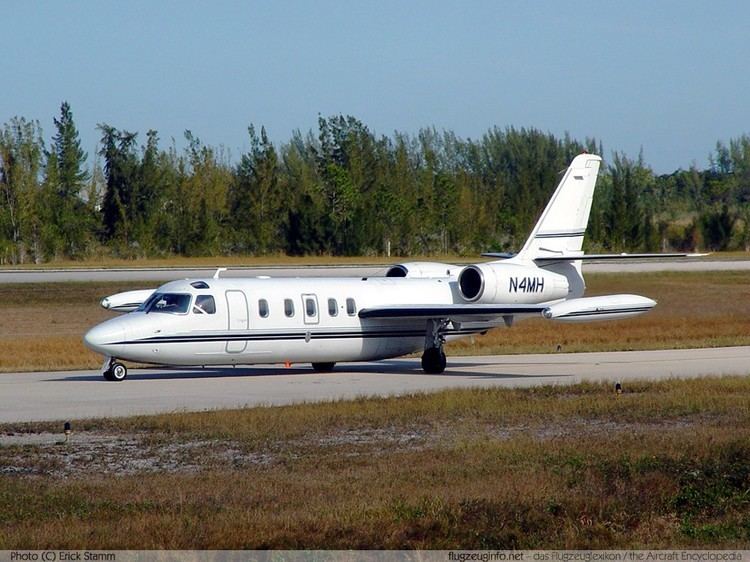
Shortly thereafter, Aero Commander was acquired by North American Rockwell. The Jet Commander created a problem, since Rockwell already had an executive jet of its own design, the Sabreliner, and could not keep both in production because of anti-trust laws. Therefore, the company decided to sell off the rights to the Jet Commander, which were purchased by IAI in 1968.
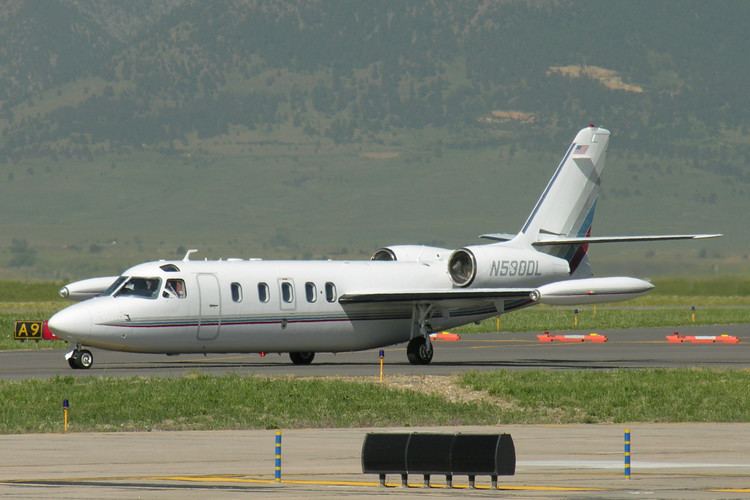
Jet Commander production amounted to 150 aircraft in the United States and Israel before IAI undertook a series of modifications to create the 1123 Westwind. These included stretching the fuselage and increased maximum takeoff, maximum landing, and maximum zero-fuel weights, with the wing modified to incorporate double-slotted flaps and drooped leading edges and tip tanks. The trimmable horizontal stabiliser was also modified to have increased span and more travel. Not long after the aircraft went into production, the original General Electric CJ610 turbojet engines were replaced by more fuel-efficient Garrett TFE731 turbofans There were also numerous airframe modifications, such as drooped leading edges on the wings, a dorsal fin, revised engine pylons and nacelles, and further increases in maximum takeoff, maximum landing, and maximum zero-fuel weights. With improvements to a number of onboard systems incorporated as well, these changes resulted in the 1124 Westwind delivered from 1976.
In 1976, in the wake of the terrorist takeover of the Savoy hotel in Tel Aviv, the Israeli Air Force decided to use the Westwind as the basis for a maritime patrol aircraft, which became known as the IAI Sea Scan. It had originally been developed to meet a requirement for the United States Coast Guard to replace the Grumman HU-16 Albatross. The Dassault Falcon was selected instead.
In 1980, deliveries of the Model 1124A commenced; modifications included a new wing centre-section and the addition of winglets to the tips. The revamped aircraft was called the Westwind II, replacing the original design in production. IAI built its last Westwind in 1987, after a total of 442 Jet Commanders and Westwinds had been built, switching production to the Astra.
Aero Commander
IAI
Civil operators
North Country Aviation, Gaylord, Mi. Chartered
Military operators
Specifications (1124A Westwind II)
Data from Jane's All The World's Aircraft 1982-83
General characteristics
Performance
